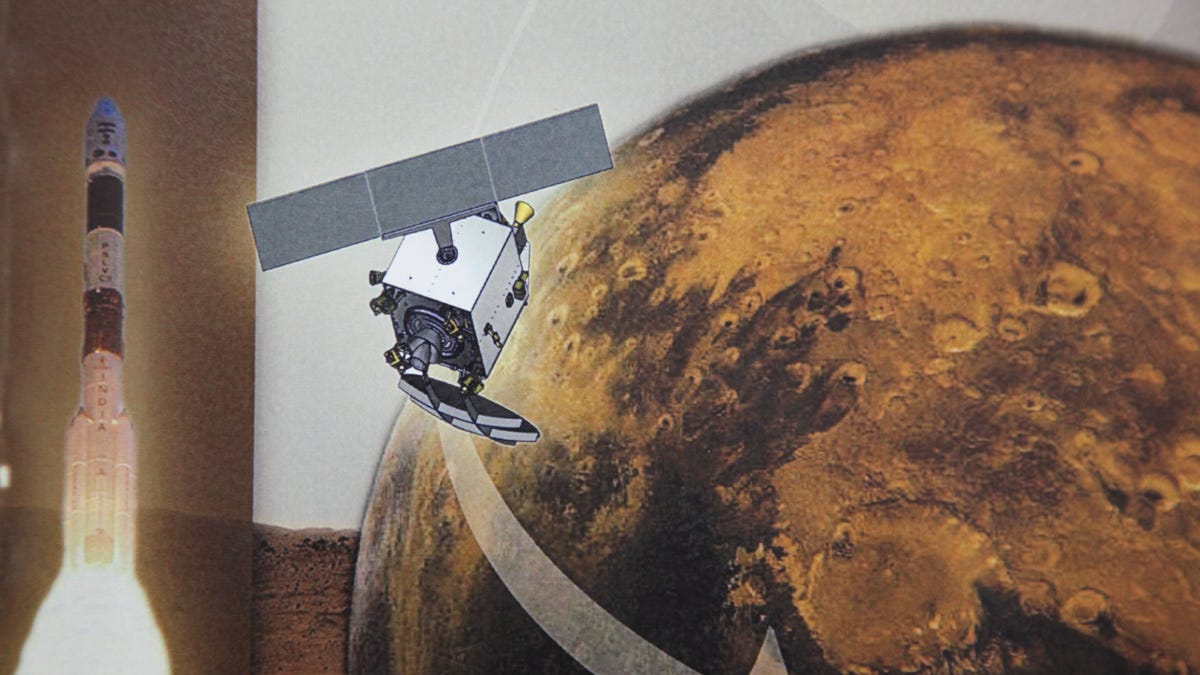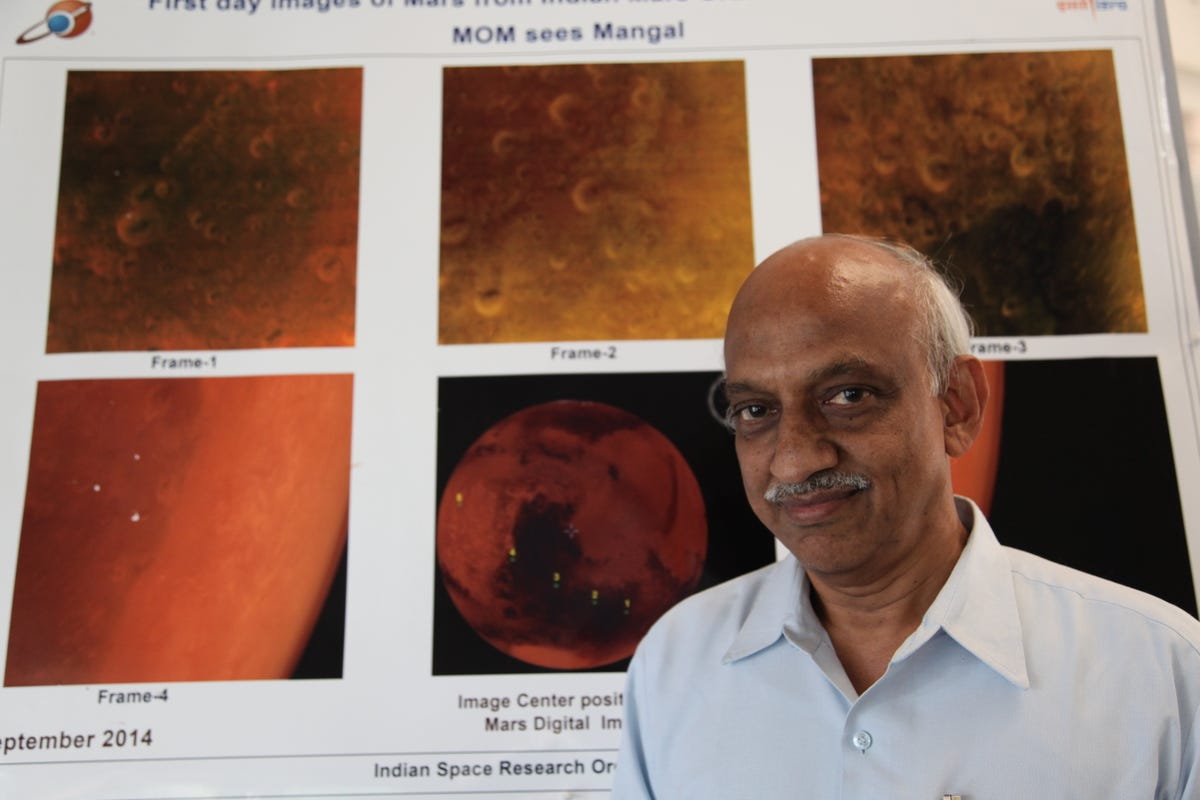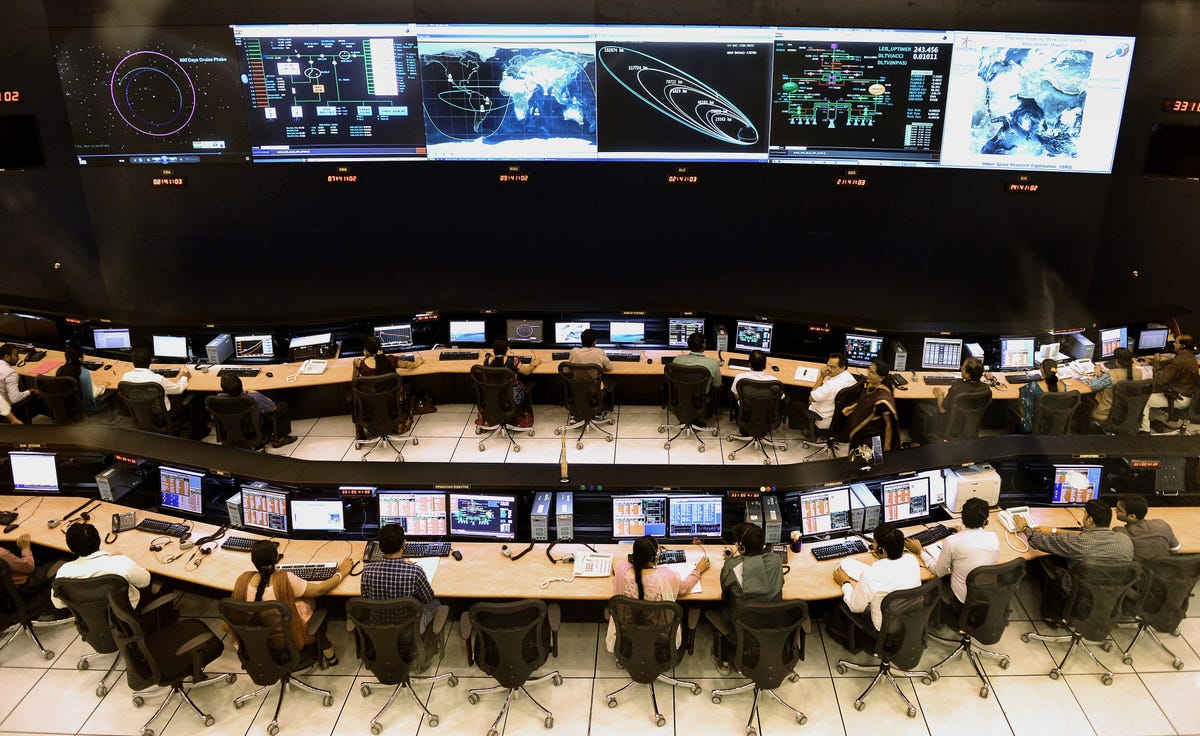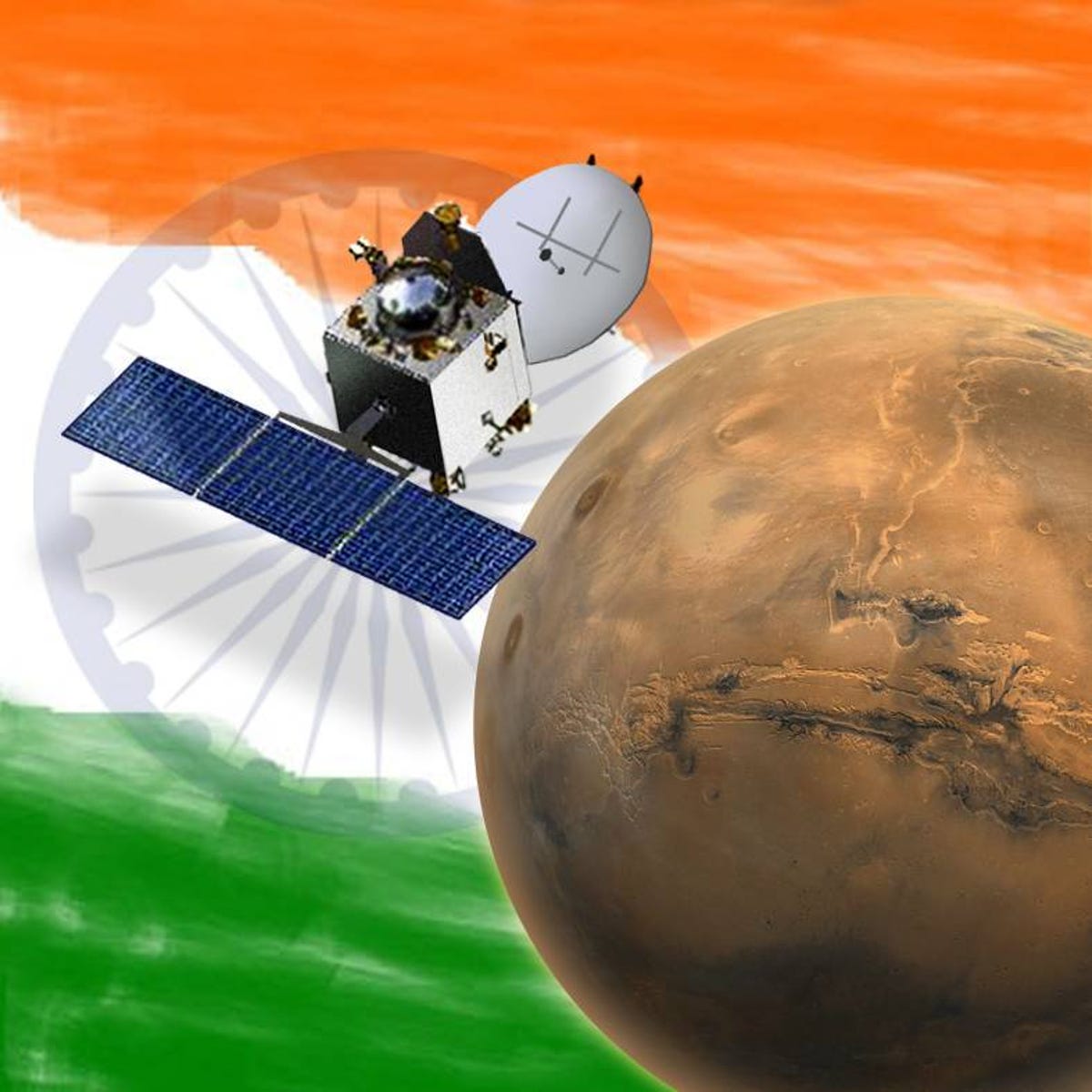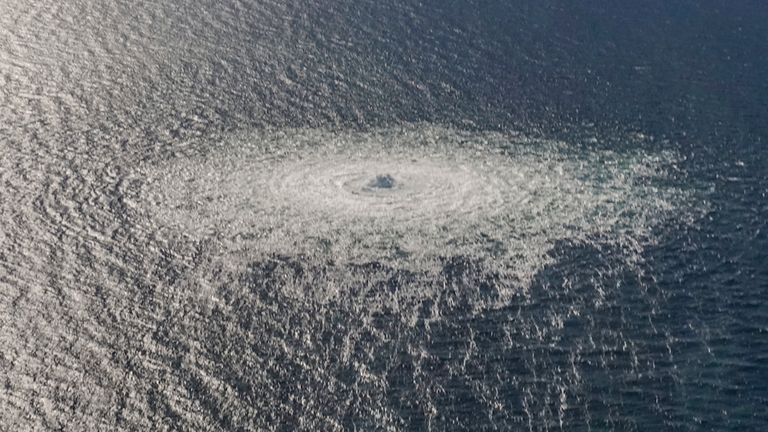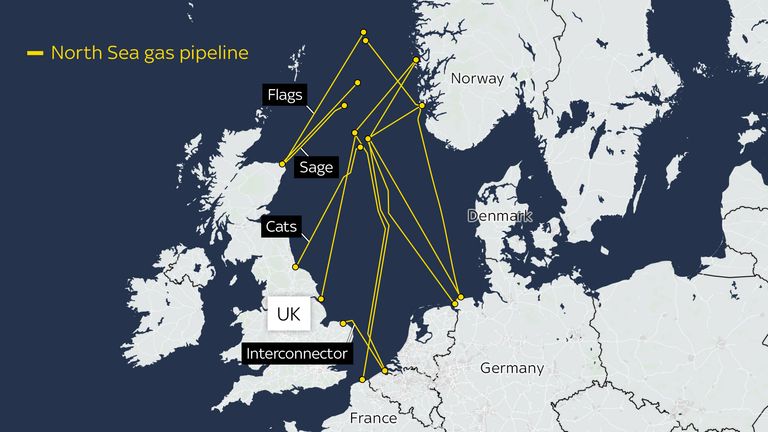Earth’s continents collide to form a supercontinent every 600 million years.
A possible configuration of the next supercontinent, Amasia, 280 million years from now. Credit: Curtin University
Evrim Yazgin
Continents and oceanic rock make up Earth’s crust, or lithosphere, which is a thin shell sitting atop thousands of kilometres of molten rock called the mantle.
Earth’s continents move very slowly over the mantle. The Australasian plate is one of the faster moving ones, creeping northward at around 7 centimetres per year.
Occasionally, the continents knock into each other, causing mountain ranges to rise – like the Himalayas, formed when the Indian subcontinent hit Asia around 40-50 million years ago. And occasionally, they all collide together to form one big supercontinent.
Using a supercomputer, geologists from Curtin in Perth, were able to simulate the formation of supercontinents. Their results show that the cooling of the Earth over billions of years causes the thickness and strength of the plates under the oceans to reduce. So, “younger” oceans like the Atlantic and Indian oceans are more resistant to continental drift than the more worn-down Pacific. The findings are published in National Science Review.
“Over the past two billion years, Earth’s continents have collided to form a supercontinent every 600 million years, known as the supercontinent cycle,” says Dr Chuan Huang, from Curtin’s Earth Dynamics Research Group and the School of Earth and Planetary Sciences. “This means that the current continents are due to come together again in a couple of hundred of million years’ time.”
Co-author Professor Zheng-Xiang Li, also from Curtin’s School of Earth and Planetary Sciences, tells Cosmos that the “supercontinent cycle” is a mystery.
“It’s a very intriguing question. We don’t really know. Until thirty years ago, we knew of one supercontinent – Pangaea between 200 and 300 million years ago. But, with work over the last thirty years, we realised before Pangea there were two more supercontinents. And they happened in a kind of regular interval – every 600 million years. That’s the observation based on the geological record.”
Li suggests that it could be related to a convection-like rising and falling of hotter and colder molten rock respectively in Earth’s mantle.
“The resulting new supercontinent has already been named Amasia because some believe that the Pacific Ocean will close (as opposed to the Atlantic and Indian oceans) when America collides with Asia,” says Huang. “Australia is also expected to play a role in this important Earth event, first colliding with Asia and then connecting America and Asia once the Pacific Ocean closes.”
Li explains that our understanding of plate tectonics has itself been shifting.
“Twenty-five years ago, most people thought the continents were dragged by the mantle – the floating rock underneath the shell of the Earth’s crust. But now, we know it’s a combination of forces. You have the mantle dragging continents, and the oceanic slabs going into the mantle which acts like a heavy sinker also dragging the continents into the mantle.”
“By simulating how the Earth’s tectonic plates are expected to evolve using a supercomputer, we were able to show that in less than 300 million years’ time it is likely to be the Pacific Ocean that will close, allowing for the formation of Amasia, debunking some previous scientific theories,” Huang explains.
“We tried to mimic the Earth’s processes, the plate tectonic process, using the supercomputer,” Li tells Cosmos. “We filled in basic parameters like temperature gradient and the density profile. This is seen through the continental lithosphere and the oceanic lithosphere. We look at their density, strength, and viscosity.
“Out of these parameters, we tried to physically mimic as best we can Earth’s conditions. We see how continents come together or breakup in the plate tectonic process with the supercomputer. We model a 3D image for the spherical processes as they evolve through time.”
Read more: The Earth is full of diamonds
Li highlights the exciting nature of the research.
“Earth as we know it will be drastically different when Amasia forms. The sea level is expected to be lower, and the vast interior of the supercontinent will be very arid with high daily temperature ranges,” Li says.
“We are fortunate to live in a very exciting time in geological research. There was the ‘Plate Tectonics Revolution‘ 60 years ago. I believe we are now in another revolution. We are able to link what we see on the surface, the plate motion, with what is happening in the deep Earth or even in the core. In fact, the whole Earth system is either a kind of interactive system, from the core to the mantle to the crust, and then to the atmosphere and even life, the biosphere. We are starting to see the Earth system in a more holistic kind of way.”
